
Imagine your husband hanging from the rafters in the garage, or your father dead in a barn outside his home. Let’s say he played football decades ago in high school or college, never sniffed the NFL. Then he got a job, raised a family. But the game caught up with him, and now he’s one of its faceless casualties.
The issue of concussions in football wouldn’t seem so abstract anymore, would it?
Michael King was a beloved doctor in Winston-Salem, North Carolina, known in the community for his interest in sports medicine. Michael’s son, Alex King, would sometimes tag along on patient visits when the boy was 5 or 6 years old, and remembers his father’s compassion.
“Once we met an 80-year-old woman who was 200 pounds overweight, and he held her hand, joked with her, kissed her on the forehead,” says Alex, now 29. “And I saw that sort of thing many times.”
Michael was a quarterback in high school, and he went on to play at Division-III Hampden-Sydney College. Susan DeRamus, Michael’s wife of nearly 30 years, first met Michael just after college. He was a strapping former athlete. She was working at Montaldo’s, a store in Greensboro, North Carolina, when Michael’s mother and sister came in shopping for bridesmaid dresses. Susan overheard Michael’s mother say that the wedding was at a Catholic church, and blurted out, “Where in the hell did you find a Catholic boy? I can’t find one anywhere.”
“I happen to have two sons,” the mother said, and invited Susan to the wedding. Her first impression of Michael was strong. “He was just so handsome,” she remembers. At the wedding, Susan caught the bouquet, and she and Michael were married nine months later, in July 1973.
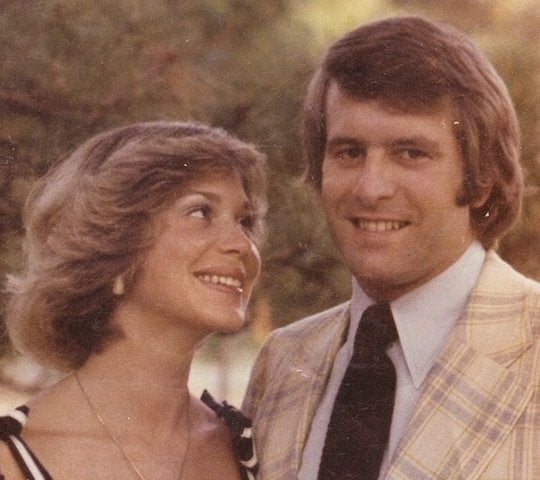
Their first decade together was marked by hope for the future, as Michael worked hard to launch his medical career and the couple started a family. Michael always maintained a deep affinity for student athletes. Alex remembers it was common for the family to be eating dinner while his father examined a local football player, the young man’s leg propped up on the kitchen counter between the plates and forks.
But as the years passed, Michael gradually became more irritable, short with his wife and tough on his four children ― sons Alex and Mike, and daughters Katie and Marylynn.
“There would be times when he would be a sweet man, a giving man, very humble and kind,” Alex says. “And there were times when he would totally flip the script and be volatile and angry.”
A Quiet Killer
Late last month, a study published by the Journal of the American Medical Association grabbed headlines with a startling statistic: Chronic traumatic encephalopathy, or CTE, was discovered in 110 of the 111 former NFL players whose families donated their brains to the Boston University School of Medicine. The disease, caused by head trauma, leads to dementia, memory loss, suicidal thoughts, and personality and mood changes, among other progressive symptoms.
The New York Times ran a two-page spread with photos and blurbs about the players; since then, stars from Ben Roethlisberger to Boomer Esiason have discussed CTE with a frankness that would have been unimaginable just a few years ago.
But absent from the ensuing soul-searching and regret were the names and lives behind the other numbers in the study. The figures were less publicized, but are more relevant to average Americans: CTE was found in the brains of 3 of 14 high school players (21 percent), and 48 of 53 college players (91 percent). The study also showed high rates of CTE among semi-professional and Canadian Football League players.
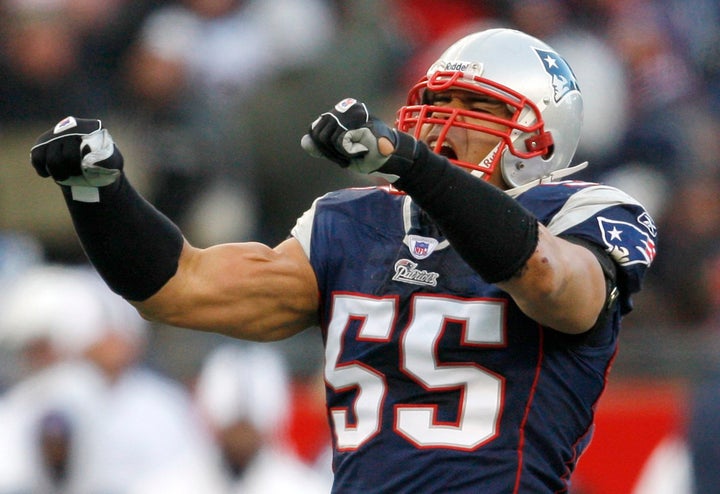
“How do you go from an incredibly intelligent, personable, kind, loving, funny ― all around just a great guy ― to so much mental anguish and pain you hang yourself in the garage?” wrote Kathy Grant, whose husband, Peter Grant, died in 2011, in a bio for a 2016 Boston University CTE event. Peter sustained seven known concussions as a high school football and hockey player, and played intramural sports while attending Notre Dame in the early 1980s.
Kathy remembers her husband’s downward spiral, beginning in 2009: One parents weekend at Notre Dame, the school all three of their children attended, Peter was so depressed that he could barely come out of the hotel room. Another time at the kitchen table back home, Peter became agitated and hurled a laptop across the room, smashing it against the wall. Other times he was confused or suicidal.
On Feb. 8, 2011, Peter hanged himself in the family garage. He was 49.
Kathy donated his brain to Boston University for concussion research, and Peter was posthumously diagnosed with CTE.
“We are always looking at how we can make our game safer.”
- An NFL spokesperson on the risk of brain injury in the sport
The NFL responded to the recent JAMA report by pointing out that the study’s sample came from brains families had donated ”because of the players’ repeated concussions and troubling symptoms before they died.”
A league spokesperson told HuffPost that ”the issue of player health and safety is extremely important to the NFL and we are always looking at how we can make our game safer.”
Some fans point to the prospect of fame and big-money contracts as trade-offs for the brutal health risks of the game. Yet the vast majority of those hurt by the sport never get close to cashing in. Instead, they’re left with ruined lives and haunted families.
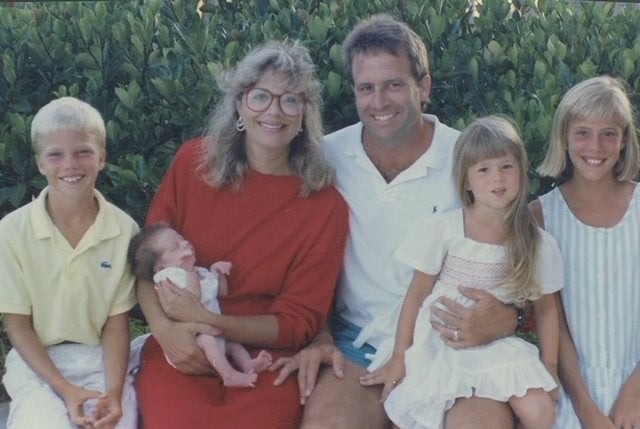
A Family Tradition
Even though he never played professionally, Michael’s life was marked by injuries from his football days. “He was so physically debilitated because of all of his injuries from football,” says Mike King, now 38. “He had both knees replaced at different times. He had both shoulders replaced. I believe he had a hip replacement. He had severe rheumatoid arthritis that had gradually worsened to the point where the knuckles on his hand were giant, and the last few years of his life he couldn’t operate any more.”
Michael was clear about one thing: He didn’t want the boys playing football. Mike wasn’t interested in the game, but Alex was. He wanted to emulate and connect with his dad. So he insisted on playing, and ended up a quarterback himself in middle and high school.
Alex’s injuries mounted from the beginning; Mike recalls one time when his brother was pushed out of bounds, and his helmet came off as his head crashed into the bleachers. The family was relieved when Alex switched from quarterback to punter to play at Duke University, where he excelled and thought he might even be drafted by an NFL team. But even that safer position left his brain vulnerable to damage.
“Just because you don’t play quarterback doesn’t mean you don’t get concussions,” Alex says. “When you’re a punter, you’re a sitting duck running down the field. And if you don’t do a good enough punt and it gets returned, you’re the most blockable person on the field. And I got leveled several times. The game is dangerous no matter what position you play.”
‘The Definition Of Child Abuse’
Each year, approximately 1,700 men make NFL rosters, but that is a tiny fraction of how many Americans play football. A spokesperson for the Sports & Fitness Industry Association, a trade organization that collects data on sports participation, told HuffPost that 5.5 million people ages 6 and up participated in tackle football in 2016, a number that includes youth, high school, college and post-college.
But should these children and adults be playing at all? It really worth the risk, if there is chance a player could end up declining in middle age like Michael King or Peter Grant?
“If you play football, and if your child plays football, there is a 100 percent risk exposure.”
- Dr. Bennet Omalu
To Dr. Bennet Omalu, the man credited with discovering CTE, the answer is simple: no. He recently equated youth football to child abuse.
“Someday there will be a district attorney who will prosecute for child abuse [on the football field], and it will succeed,” Omalu said at an event in New York. “It is the definition of child abuse. If you play football, and if your child plays football, there is a 100 percent risk exposure.”
A spokesperson for USA Football, the national governing body for amateur football in America, told HuffPost in a statement that it supports research to promote sport safety, and incorporates “evidence based practices into our programs.”
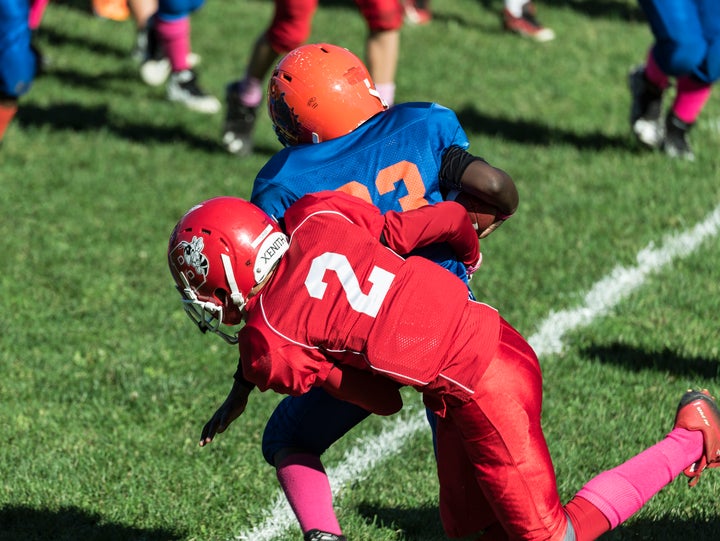
“As a result, our programs are supported by leading medical organizations and recognized for advancing player safety and coaching education,” it said.
USA Football works in conjunction with the NFL, which funds the development and implementation of player safety techniques. In 2015, USA Football released new tackle football practice guidelines, including “clear definitions of contact and time limits on full player-to-player contact,” the NFL spokesperson said.
Sometimes when she’s out on a run near her home, Kathy Grant sees small children at football practice. “They’re little, probably 6 or 7,” she says. “I want to say to their mothers and fathers who are sitting around talking with each other while the kids are playing ― just like we used to do ― I just want to just go up to them and say, ‘My God, don’t let them get hit.’”
‘Deep Depression And Hopelessness’
Susan and Michael divorced in 2001. In the coming years, his decline would accelerate. “He was weepy, and you could see his eyes were sort of sunken,” Mike says. “Redness around the eyes. There was this overall aura and physical appearance of deep, deep depression and hopelessness.”
Once, when Alex was playing for Duke and the team took a tough loss, Susan noticed Michael sitting alone in the bleachers, head in hands, sobbing. “It was just not normal for a grown man to cry about a football game like that,” she says.
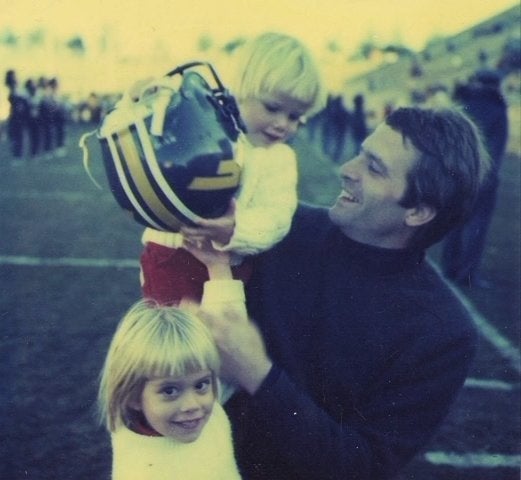
In October of 2011, Mike became so concerned that he decided to drive from the Washington, D.C. area, where he worked as an attorney, to check on his father in North Carolina. He planned to head south on the evening of Friday, Oct. 7.
But early that morning, Michael walked into a barn near his house and used a rope to hang himself.
His family donated his brain for the Boston University study. It confirmed what they had always suspected: Michael had CTE.
Speaking Out
Talking about their dad evokes heavy sighs and tears. But Michael’s family wants to speak out to raise awareness among fellow football-loving families. This game can destroy the Everyman just as easily, if not more so, than the celebrity athlete.
In the years since his death, Michael’s family has tried to cope with the loss by reminding themselves that their father had a degenerative disease; had he lived, he would only have suffered more. Driven by Michael’s passion for sports medicine, the family started the Dr. Michael E. King Memorial Scholarship for student athletes. All four siblings are involved in CTE awareness or policy advocacy efforts. Marylynn is a physical therapist in Seattle, where she cares for patients who are recovering from traumatic brain injuries, spinal injuries, amputations and other severe injuries.
As they find ways to ensure their father’s legacy is consistent with his service to athletes, the Kings wonder about their youngest brother’s future. Alex does not want to say whether he fears CTE himself ― but Mike can’t help but worry when he thinks how much time his brother spent playing football, including Alex’s college career.
“There’s evidence that certain people can be predisposed to CTE,” Mike says, his voice wavering. “And if we know that our dad got it and was Stage 2 by the time he was 65 and died, to some degree it might run in our family, at least if you’re exposed to these risk factors. So yeah, I ... think about it for Alex, potential long-term problems. I’ve always been concerned about my little brother.”
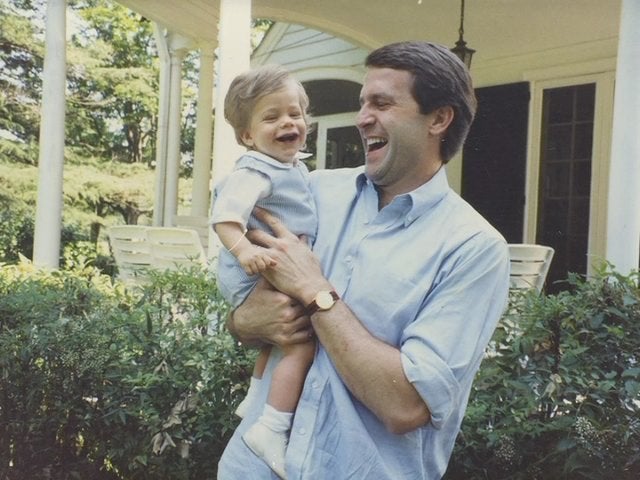
Alex is more garrulous, but drifts into the same tone at times, pausing ― nearly halting altogether ― over his words when discussing his dad.
Speaking of her late husband, Susan broke into sobs. “My kids now are remembering a lot of great things, but there is a lot of pain,” she says. “It’s very frightening to see a spouse change, and you think, ‘Oh my God, this guy is nuts, the things he says, it just doesn’t make sense. It’s a little off.’ Michael had an issue with anger, and I think the CTE brought that out.”
“My dad would tell you, he was a regular Joe,” says Mike. “And the scary thing, or the scariest aspect of this CTE problem, may be that there are millions, if not tens of millions of athletes who have played a contact or collision sport.”